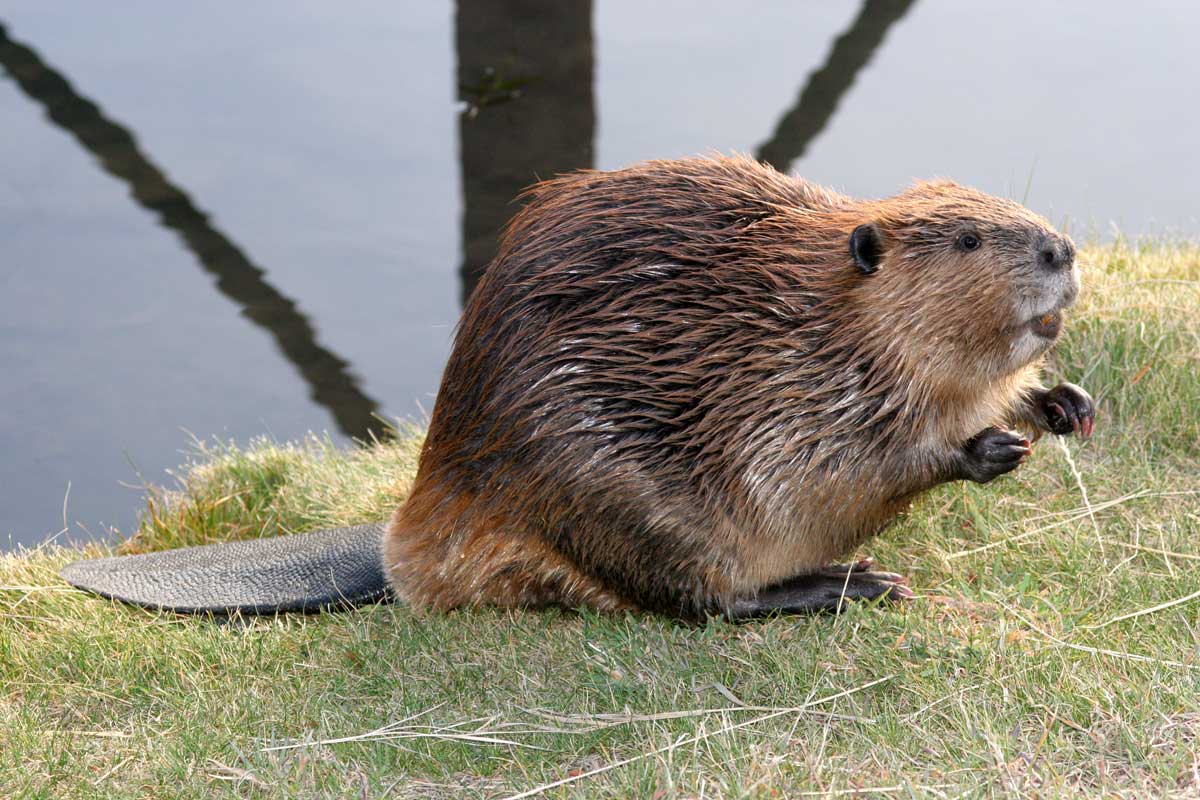
beaver
A master of landscape architecture, the European beaver plays a crucial ecological role through its ability to create and maintain habitats. This fact sheet provides a comprehensive overview of the biology and ecology of the beaver, promotes understanding of its importance, and supports efforts to protect its natural environment.
beaver Products
-
Animal display beaver
Regular price From 59,90€Regular priceUnit price / per -
Animal display beaver - outdoor set
No reviewsRegular price 75,50€Regular priceUnit price / per -
Wildlife Sticker Set
No reviewsRegular price From 9,90€Regular priceUnit price / per
Profile: beaver
-
Scientific classification
- Class: Mammalia (mammals)
- Order: Rodentia (rodents)
- Family: Castoridae (beavers)
- Genus: Castor
- Species: C. fiber (European beaver)
-
Physical characteristics
- Size: Body length of 80-100 cm
- Tail length: 25-37 cm (flat, scaly tail)
- Weight: 11-30 kg, average about 18 kg
- Special features: Brown to reddish-brown fur, excellent swimmers, distinctive incisors that grow continuously.
-
Habitat and distribution
- Common regions: Europe and parts of Asia; reintroduction projects have restored presence in many native habitats.
- Habitat: Rivers, lakes, ponds and their banks; prefer areas with abundant aquatic plants.
- Adaptability: Highly adaptable, known for the ability to manipulate the environment by building dams and castles.
-
Nutrition
- Diet: Herbivore
- Typical food: aquatic plants, bark, leaves and twigs, mainly from willows, poplars and maples.
-
Reproduction and lifestyle
- Mating season: Winter (January-February)
- Gestation period: Approx. 105 days
- Litter size: Average 2-4 young
- Social structure: Very social, living in family groups that build buildings and dams together.
-
Lifespan and protection status
- Life expectancy: Up to 24 years in the wild
- Endangered status: Least concern; populations are stable or increasing thanks to conservation measures and reintroduction programs.
- Protection measures: protection of aquatic habitats, legal provisions to protect against hunting and habitat destruction.



